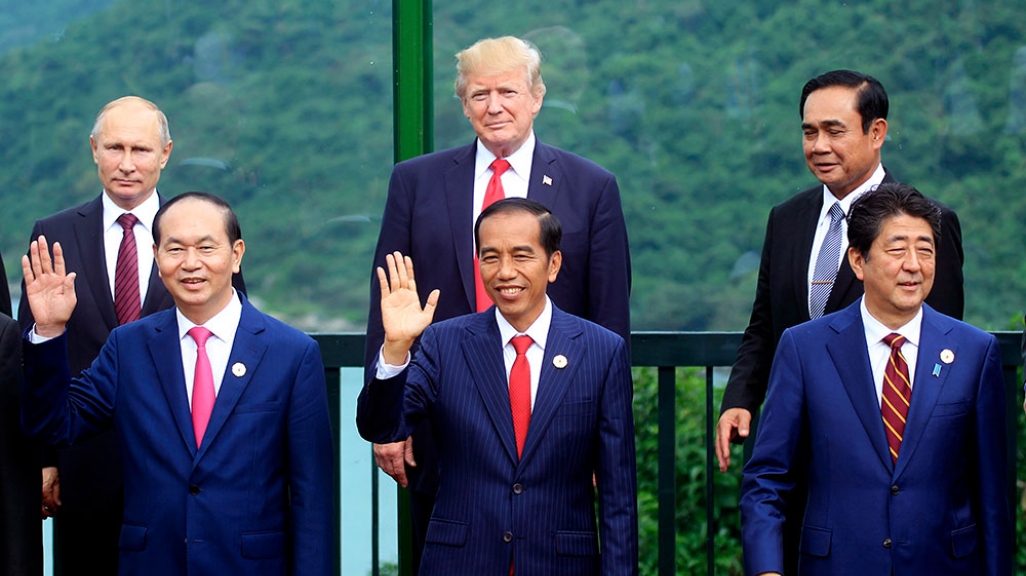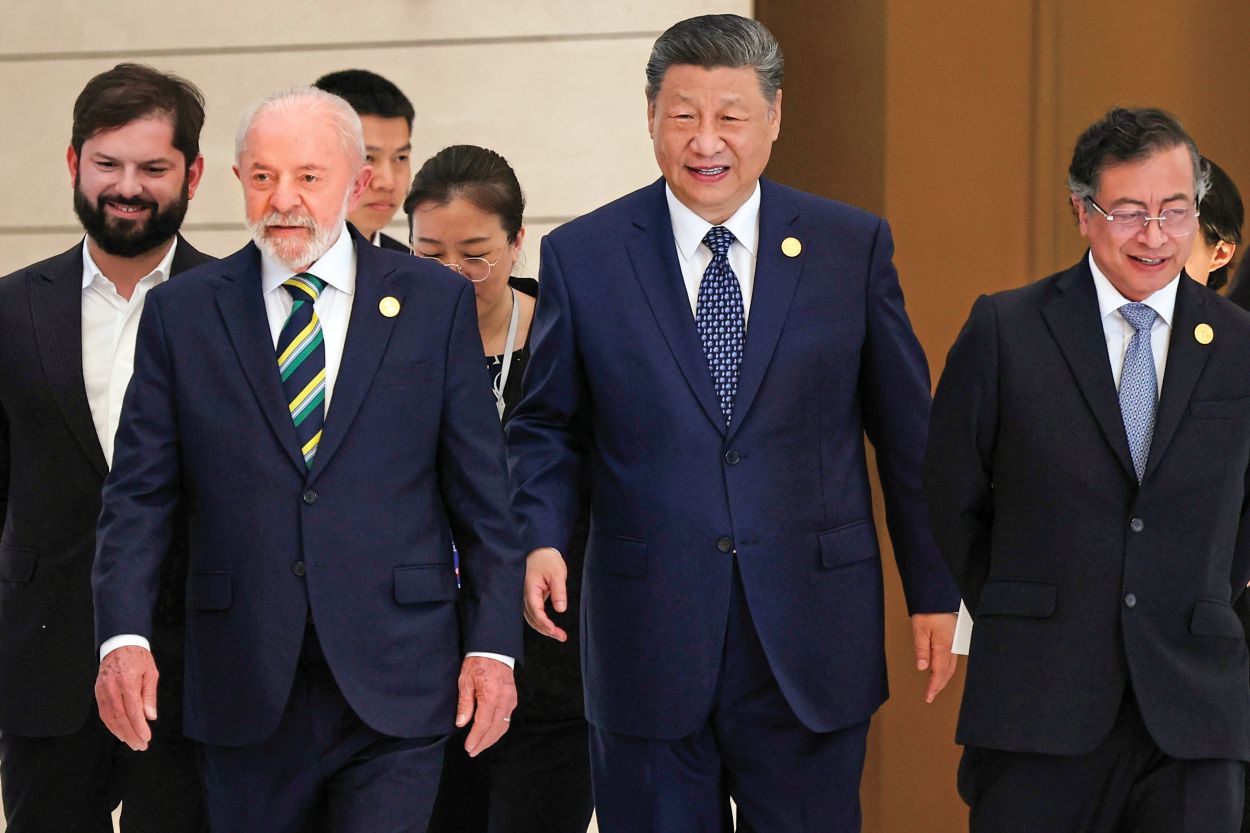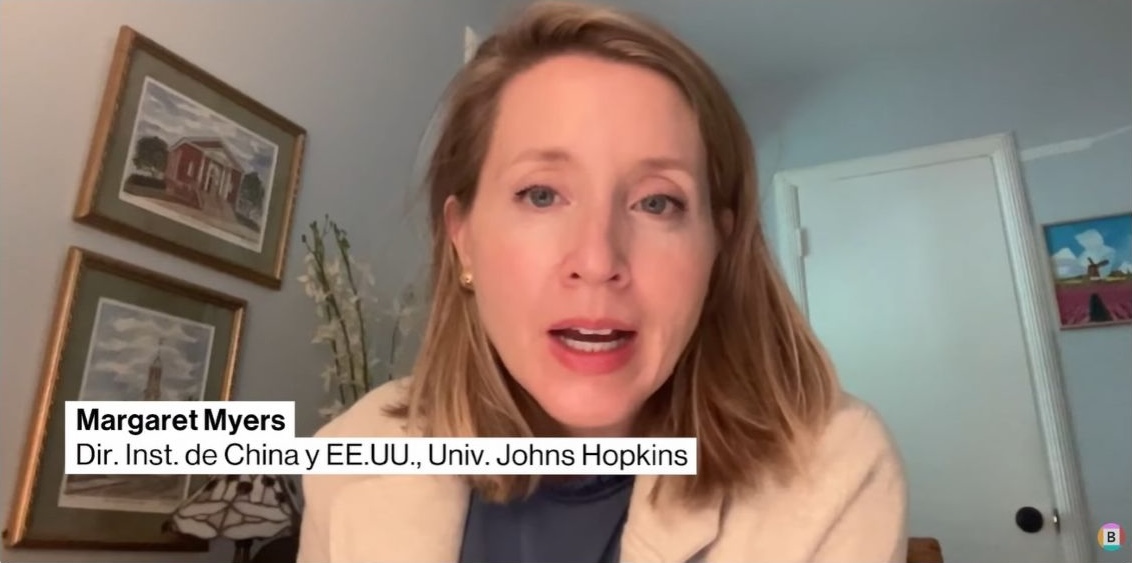Viewpoint: A Setting Sun for U.S. Leadership on Trade
Viewpoint: A Setting Sun for U.S. Leadership on Trade
As TPP members move on without Washington, the consequences of an America First worldview are coming into sharp focus, writes AS/COA’s Eric Farnsworth.
After generations building the framework for global trade and investment, the United States is now actively withdrawing its support, calling into question its commitment to the liberal economic international order with every step it takes to undermine its own global web of economic and political alliances. The consequences are rapidly coming into focus.
In a breathtaking strategic blunder, the United States announced its withdrawal from the Trans-Pacific Partnership (TPP) at the beginning of the Trump Administration. Washington, in doing so, pulled out of an agreement whose primary purpose was to organize the like-minded nations of the Asia-Pacific-Americas region in a manner manifestly in the strategic economic and security interests of the United States, as well as those of some of our closest allies and friends. But within an America First, mercantilistic worldview, the proposed TPP and existing trade arrangements such as NAFTA and even bilateral agreements such as the U.S.-Korea trade pact are incompatible in their existing form.
The United States has long rejected mercantilist practices by others, including China, utilizing trade agreements to open foreign markets, bring order and certainty to trade and investment relations, and promote a strategic vision beneficial to U.S. interests. Increasingly, however, trade agreements are being blamed for circumstances they have not caused, serving as the scapegoat for deeper, more complicated shifts in the global economy.
The Trump administration has made clear it will pursue a different approach, and it is already doing so. But proceeding in the proposed manner is much like trying to lose weight by amputating your arm or a leg; you’ll surely lose the weight, but the cure is much, much worse.
The TPP moves on, with or without Washington
These realities were on full display during the president’s recent travel to Asia, as well as the ongoing NAFTA renegotiations with Canada and Mexico. In Asia, the 11 remaining TPP nations concluded a framework agreement including “core elements” to move ahead even without the United States.
Final details will be subsequently worked out, but the political signal is real: the region is moving ahead without the United States. Japan and Australia have been particularly insistent on this point, in part because both countries’ leaders wasted significant political capital with domestic constituencies in order to meet U.S. demands in concluding the agreement. Now, they are left at the altar, and, having already paid the political costs, must get something in return.
For its part, the United States will prefer to enter into bilateral trade deals from now on, but only under circumstances that will, apparently, guarantee a positive trade balance. That also requires that existing agreements must be reworked—if the other parties would even agree to new U.S. demands.
At some point, perhaps, after the populist moment passes, the United States would be welcomed back into the TPP fold as a partner, but by then the political climate will have changed, the structure of the agreement will have been reworked in a manner less favorable to U.S. interests, and the terms of U.S. accession will presumably be far more onerous than mere passage of the agreement would be today.
Becoming a bystander
In the meantime, the United States is becoming—by choice—a bystander in building the trade and investment architecture, not just in Asia but also in Latin America, using both the TPP and also NAFTA as foundational pillars to build out the broader trade and investment agenda. It’s a vacuum that China has begun comfortably to fill. On the trade side, the Regional Comprehensive Economic Partnership represents China’s own effort to lead an Asian trade integration effort, while the Belt and Road Initiative has expanded well beyond the Eurasian landmass to become part of the Latin American and Caribbean investment landscape, at least in principle.
Canada and Mexico are perhaps the two countries with the greatest dilemma going forward. Originally, TPP was a relatively elegant way to undertake the necessary exercise of updating and expanding NAFTA. Now, as the United States has withdrawn from TPP and the continued existence of NAFTA itself is not guaranteed, Canada and Mexico are in a difficult position, having had to request additional changes to TPP, with an uncertain endgame, to try to bring the two negotiations into a mutually consistent whole.
Though not a party to NAFTA, Japan is also in an uncomfortable position, having been a major investor in Mexico through the years to take advantage of access to the United States afforded by the trilateral pact.
For China, the sun also rises
Years of weak or non-existent political leadership in defense of trade in the United States, underinvestment in trade education, and cavalier dismissals of the broader importance of trade by opponents and self-interested observers has led to a genuine strategic reversal in Asia and the Americas. China is emergent and traditional partners are questioning U.S. commitment and resolve to upholding the international economic order.
At some point the United States is likely to emerge from its self-imposed exile in an effort to recapture the commanding heights of global trade and economic leadership. When it does, it will find that the world it once knew, and indeed had helped to create, has changed in fundamental, irreversible ways, and the path forward has become significantly more complicated as a result.
Eric Farnsworth is AS/COA Vice President and leads our Washington Office. Follow him at @ericfarns.










